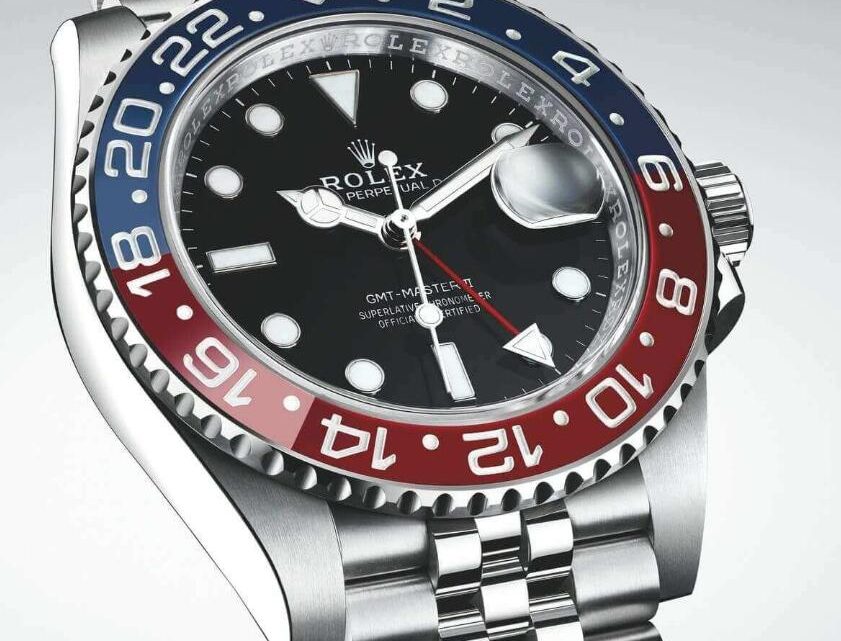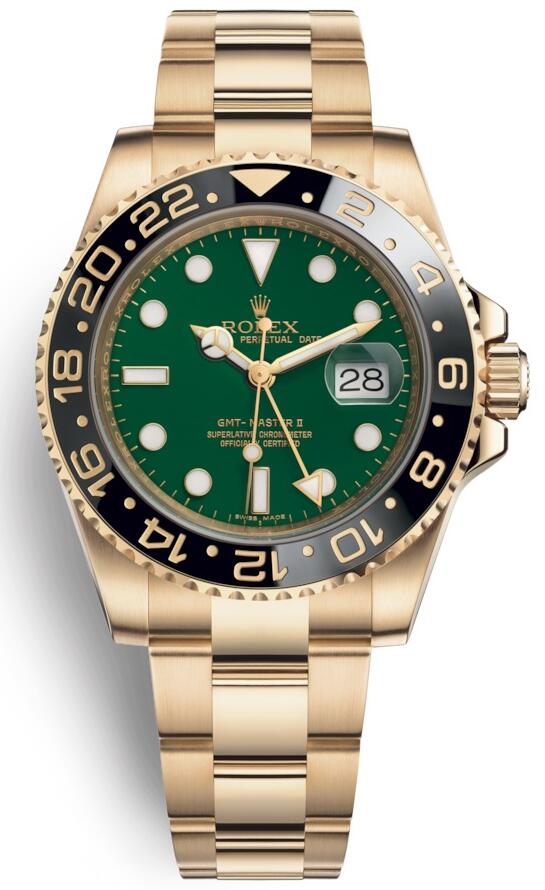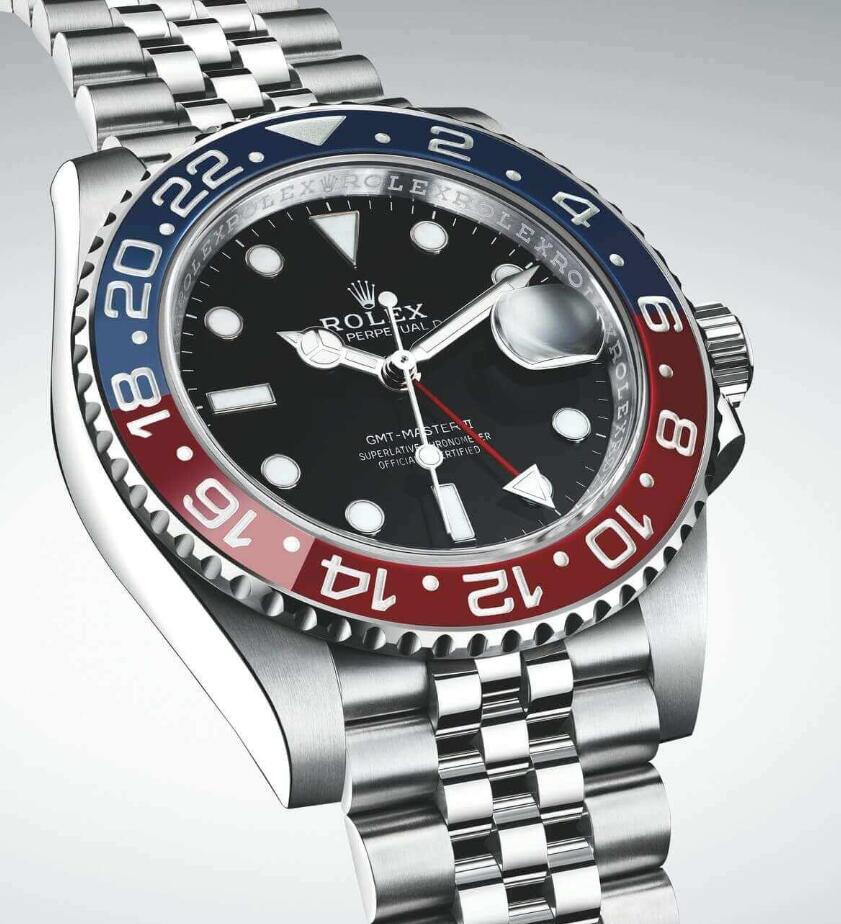
What Exactly Is Cerachrom And Why Is It Found In Perfect Online Rolex Fake Watches UK?
20th November 2024When it comes to high-tech ceramic, Rolex’s material innovations are anything but ordinary. Ceramic first showed up in high quality Rolex replica watches in the mid-1980s, but Rolex took its time to perfect the manufacturing process before debuting its first watch with a ceramic insert in 2005: the AAA UK fake Rolex Oyster Perpetual GMT-Master II watches in 18 ct yellow gold, with a bidirectional rotatable bezel and a 24-hour graduated insert in black ceramic. Not only is the insert virtually scratch-proof, it is also unaffected by the sun’s ultraviolet rays so its vibrant hue never fades. When the ceramic insert reappeared two years later in blue, in the Oyster Perpetual Yacht-Master II, Rolex officially named its ceramic “Cerachrom” and registered the trademark.

With its physical resilience established, the next challenge was to tackle ceramic colours. Eager to keep pushing the envelope, Rolex developed the world’s first two-colour combination on a single-piece ceramic component, which it presented in the 2013 best replica Rolex Oyster Perpetual GMT-Master II watches. The bezel is blue on one half and black on the other, and the point at which the two shades meet is remarkably seamless.
This wizardry proved no mean feat. The research and development team had to figure out a way to colour the ceramic in specific areas without altering the material’s intrinsic properties. To fully appreciate the solution, let us first illustrate how the ceramic is made. Binding agents are added to a powdered ceramic mixture, which is then heated and injected into moulds that would give the piece its shape, numerals and inscriptions. It gets heated again to remove the binding agents, then fired at temperatures that can go up to 1,600 deg C (a process known as sintering) to harden and shrink the piece and give it its final colour.

So the magic actually happens right after the debinding process, when the ceramic is highly absorbent. Chemical compounds dissolved in an aqueous solution is introduced in selected areas, and, during sintering, reacts with the ceramic’s oxides to cause the colour of that area to change. In the case of the luxury Rolex Oyster Perpetual GMT-Master II copy watches, the base insert was originally all blue. By applying a special solution of metal salts to the upper half and then heating it, the blue pigment turns black. Using this method, Rolex has been able to recreate its famous red and blue bezel in 2014’s Oyster Perpetual GMT-Master II, and a new black and brown version this year.
That red and blue ceramic bezel has a story behind it as well. Despite the many benefits that ceramic technology presents, bright colours are still a rarity. In fact, red ceramic was once thought to be impossible, and top China Rolex replica watches was a pioneer in making red ceramic to making it a regularly produced reality.
Firstly, to add colour to ceramic, the zirconium dioxide from which it is made is mixed with other chemical compounds, primarily mineral pigments. White and dark-coloured ceramics are easy enough to make, but red was a conundrum — there exists no stable pigments to make a red shade good enough by Cerachrom standards. So 1:1 wholesale Rolex super clone watches engineers decided to replace zirconium oxide with alumina, a mineral oxide used to make synthetic rubies. Combined with magnesium oxide and chromium oxide, a strikingly vivid red ceramic is finally achieved.
Thanks to the manufacture’s passion for innovation, its ceramic inserts now come in brown, black, green, blue and red — all of them clear, deep and intense. Time will tell what other exciting new shades it has in store.